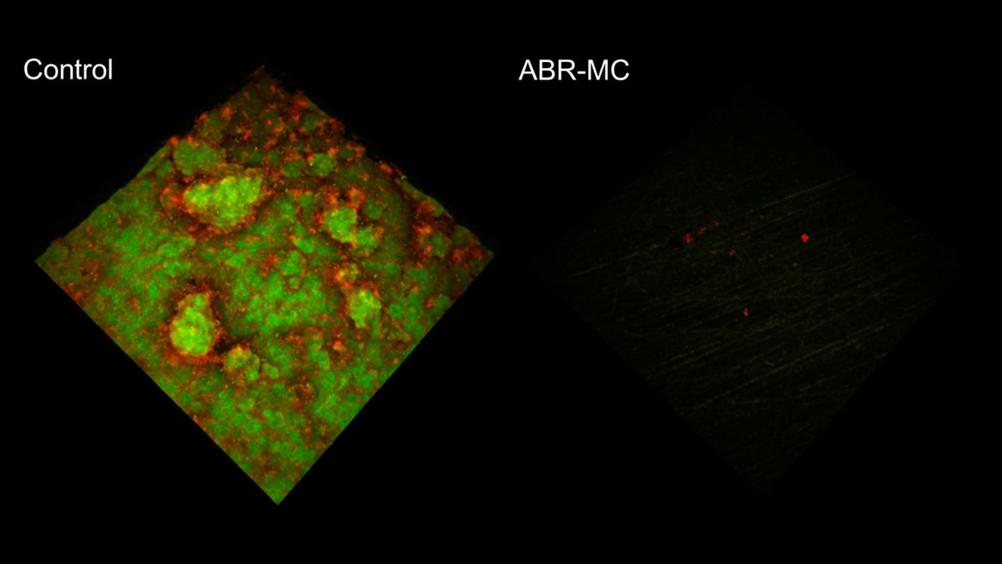Plaque-resisting dental material kills microbes
US team develops robust material for dental filings that kills decay-causing microbes and resists formation of plaque

Dental materials used to repair cavities can themselves cause problems. The sticky film of bacteria known as plaque can build up just as easily on their surface as it can on tooth enamel; and once there, the bacteria produce acid that can attack the enamel adjacent to the filling. Researchers at the University of Pennsylvania have now developed a dental material that, they claim, will not have this problem.
Previous attempts at making plaque-resistant dental materials have focused on incorporating a drug active ingredient into the material, but this can have unwanted side-effects, the team said.
The amount of drug in the material needs to be quite high, and this can damage cells in the gum; moreover, incorporating these compounds into the material can weaken its structure, rendering it ineffective as a repair agent.
“Dental biomaterials such as these need to achieve two goals,” said Geelsu Hwang, a researcher at Penn’s medical school who collaborated on the project. “First, they should kill pathogenic microbes effectively, and, second, they need to withstand severe mechanical stress, as happens when we bite and chew.”
Register now to continue reading
Thanks for visiting The Engineer. You’ve now reached your monthly limit of news stories. Register for free to unlock unlimited access to all of our news coverage, as well as premium content including opinion, in-depth features and special reports.
Benefits of registering
-
In-depth insights and coverage of key emerging trends
-
Unrestricted access to special reports throughout the year
-
Daily technology news delivered straight to your inbox










UK Enters ‘Golden Age of Nuclear’
The delay (nearly 8 years) in getting approval for the Rolls-Royce SMR is most worrying. Signifies a torpid and expensive system that is quite onerous...